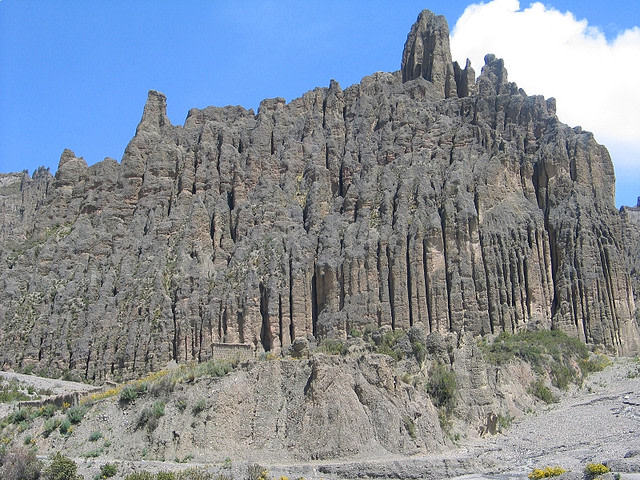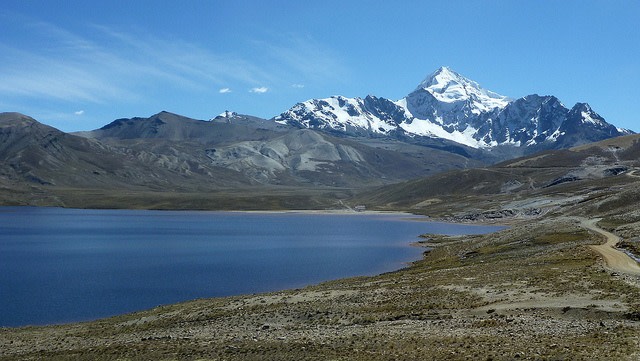| 4 mins read
Sitting almost 12,000 feet above sea level, simply visiting La Paz, Bolivia is almost like conquering a high peak. The city is located amidst the valleys of the Andes, surrounded by colossal mountains and a rugged, sometimes otherworldly terrain. For the outdoor enthusiast and hiking aficionado, La Paz is an amazing city to visit. With the high peaks of Illimani Mountain towering over the capital and a handful of other giant summits bordering the city, there are loads of destinations within and outside La Paz to take on.
Muela del Diablo
One of the icons of La Paz, Muela del Diablo, or the Devil’s Molar (tooth), is a popular day hike just outside of the city. Sitting nearly 3,825 meters above sea level, this 3-4 hour hike is a nice way to get away from the bustling La Paz scene and to soak in some nice views of the city below. Named after the 150 meter high rock formation taking on the shape of a tooth, this beginner’s climb is a must do for any outdoor enthusiast visiting the city.
Valle de la Luna
Only 10 kilometres outside of La Paz, Valle de la Luna, or Valley of the Moon, is an extremely popular hiking destination with an otherworldly landscape. Eroded cliffs and rocks comprise the layout of this strange spot, with tall, clay spires jutting out from what once was a mountainous landscape. Thanks to the variety of minerals found in the outlying mountains, the Valley of the Moon is known for its striking colours and strange optical illusions (arising from its conflicting mineral contents). A must visit destination just outside of the city, hikes around Valle de la Luna are some of the city’s best.
Valle de las Ánimas

Illimani

Huayna Potosi
The closest mountain to La Paz, Huayna Potosi is only a 15-mile drive from the city and is the country’s most popular climb. Open to climbers of all backgrounds, a few days’ training and acclimatization to the high altitude along with the guidance of a La Paz hiking guide is a must before taking off on this 2-day hike. Both harsh weather patterns and altitude sickness prevent many hikers from reaching this summit, so give yourself ample time to climb and take proper precautions with any altitude changes.
The best time to visit La Paz would be generally April-October, though La Paz has a rather cold climate year round thanks to its high altitude location. No matter which route or mountain you’re planning on tackling, La Paz is a great destination for the trekking/hiking enthusiast.
Credits: https://flic.kr/p/4NDfjW (User: _tom_), https://flic.kr/p/4Dbf8E (User: .:GIO::IAB:.), https://flic.kr/p/7zjSN (User: erikduinkerken), https://flic.kr/p/bkUmXC (User: carakan), https://flic.kr/p/9LipFp (User: Benjamin Dumas)




